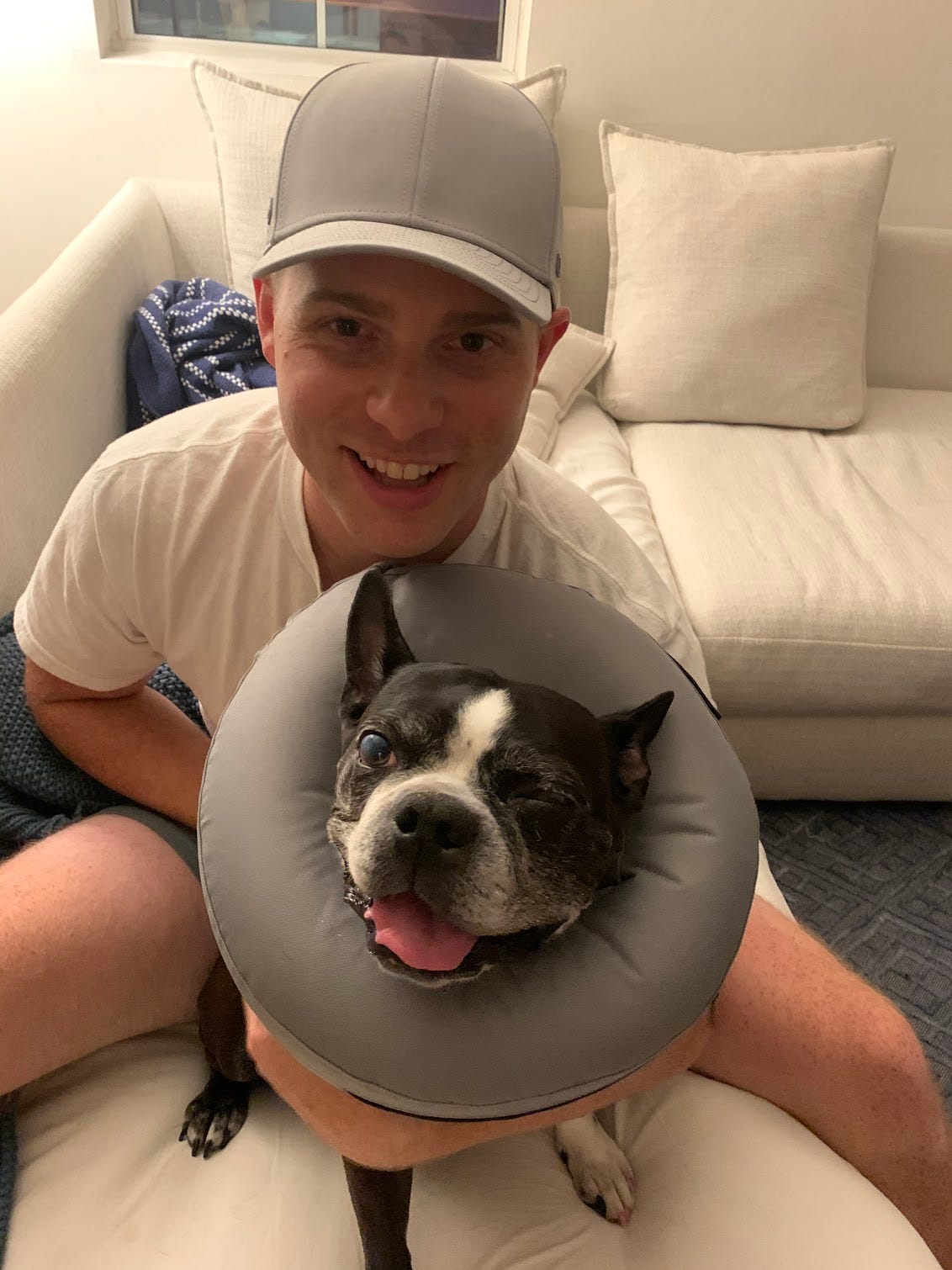Commencement
Welcome in!
If you’re reading this you’re on board for the first edition of Sunday School! I’m truly appreciative that you’re along for the ride.
My goal with this newsletter is to spread the educational love I’ve been finding to all of you, my readers. Our unwanted friend, COVID-19 has birthed a new hobby in my life and this newsletter is a personal challenge I’m undertaking to help force commit to the goals I’ve put in place.
My plan for this newsletter is to start simply by sharing my own writing along with some of the best things I’ve learned this week. Odds are as time goes along that this may morph into 2nd stage plans, and I’ll keep you all informed with full transparency as I move ahead.
So, for the very first time, and definitely not the last one, thank you!
Let’s get started!
Homeroom
Because I’m usually not this creative, I thought it would be a good idea to organize Sunday School by splitting the newsletter into subjects. Each session of Sunday School will cover three different subjects. This is homeroom, where I’m going to take care of keeping house.
My goal is to publish something on my website every 1.5 weeks and I’ll share those essays here in this section.
My essay: The Era of Easy Creativity: How to be Creative Without Creative Nature
The first essay I published is called The Era of Easy Creativity. This journey started for me in pursuing creativity. One of the main ideas I’m currently exploring is how we’re taught creativity and what it really takes to be a creator rather than a consumer. In this essay I explore why it’s easier than ever to take part in creating content online. Even if you believe you’re “not creative,” the bar for entry has come so low that it’s anyone’s game.
These are my initial findings in creativity. If you have any doubt as to how creative you really are, this is for you.
Also, if you haven’t stumbled upon it yet, you can find my online home at ryansmulholand.com.
Advanced Crisis Economics
Article: The Sickness in Our Food Supply
COVID-19 has strained our economy. We may not see all the effects in the grocery aisle, but the food supply chain has undergone some serious wear and tear during this pandemic. This essay is utterly fascinating. It provides a look through the window at farming and the two food supply chains that make up our economy.
Retail food chain that links a set of farmers to grocery supply
Commercial supply chain that links another set of farmers to industrial sales (schools, businesses, restaurants, etc.)
The key point here is that farmers and cogs in the supply chain are not setup to cater to both retail and commercial. For example, think of a chicken farmer who sells into the liquified egg market for use at schools or hotels. This farmer lacks the equipment and packaging to sell to the retail market in crates.
Our supply chain structure is set up to produce what is needed for feeding farm animals and the building blocks of the fast food industry. No wonder America is so unhealthy!
Intro to Higher Education’s Impending Downfall
The best 7 minutes of news I’ve seen for quite a while. Take a look at what NYU professor Scott Galloway had to say about the pandemic’s effect on higher education.
First of all, look at Anderson Cooper and Sanjay Gupta’s faces while Galloway is unloading. They’re loving it! Cooper is already telepathically communicating to his producers that they need him back on ASAP.
Galloway’s big points:
Ivy League schools are serving only the wealthy. They’re luxury brands. They’re Hermes, Gucci, Louis Vuitton.
Education has barely changed at all for 5 decades.
Tier 3 schools are in immediate trouble (20-40% of schools).
The simple fact is that for most schools, online isn’t an option for this coming semester. If things are online, they may have to close their doors for good. COVID has accelerated the direction of every business, and it’s bringing this change to education before schools are ready.
Education is my favorite topic to explore. I’m working on a long-form essay on an education topic which is going to take a few months, but can’t wait to share this later in the fall.
Startup History
Link: Uber’s original pitch deck
Check out Uber’s original pitch deck. It’s fascinating to look back at this knowing what Uber is today. They’ve become a verb company (I’m “Ubering”) and pioneered a model that today’s startups use all the time.
My favorite takeaway: They had no idea how much the continual development of technology was going to raise their expectations. In the deck the best-case scenario estimate was $1B in yearly revenue. In 2018 Uber’s annual revenue was $14B+.
Uber’s original idea relied heavily on luxury fleet cars rather than the crowdsourced gig economy fleet they have today. The way they’ve morphed is a textbook example of going with a “ready, shoot, aim” approach.
Lesson: launch, then iterate.
Quote of the Week
“Facts don’t change our minds, friendship does.” - James Clear
Photo of the Week
I’ll try and share a personal photo most weeks, but let’s be honest, I don’t have many things to take pictures of during quarantine.
This week my dog has an issue with his eye and has to wear this donut so he doesn’t scratch it. He looks like he’s about to go swimming.

That’s it for commencement! Thanks for being here for the opening ceremony of Sunday School.
If you liked reading this the best thing you can do is hit the share button and say nice things about what you learned.
Talk to you all next week!
Ryan


